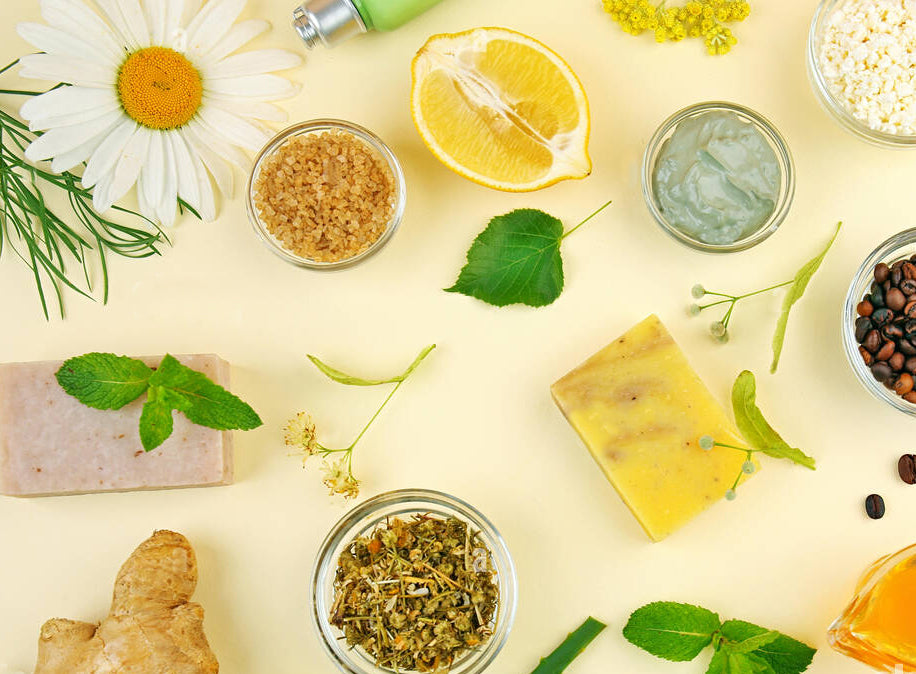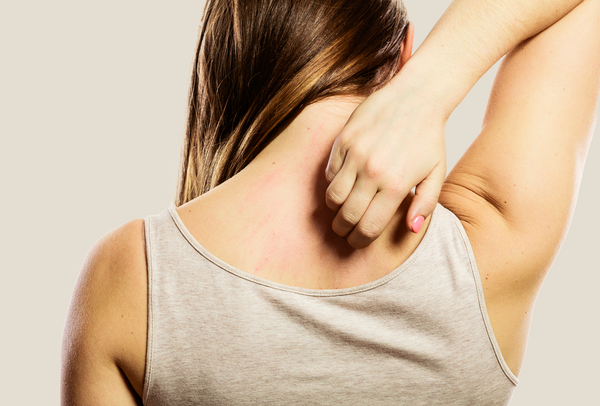The beauty industry has wholeheartedly embraced all things natural—and for good reason. With a lack of definitive research regarding the safety of certain ingredients, concerns about chemicals in the products that come in contact with our skin each and every day are valid.
A few ingredients on the questionable list include parabens and phthalates–and countless personal-care companies have decided to find alternatives. Dermatologist-developed SEEN also steers clear of these ingredients to err on the side of caution in terms of both their possible (but not-yet-definitively confirmed) long-term implications for the body as a whole.
But we’re here to tell you that opting exclusively for natural ingredients isn’t always the best way to go. Consider these examples of “natural” ingredients that can have less-than-desirable effects on the skin… Poison ivy is one for obvious reasons, and there are several botanically-based ingredients that can act as allergens. Some (but not all) essential oils have also been shown to be a potential contributor to skin irritation.[1] Even more, essential oils don’t always rank well on the sustainability scale, since it takes a lot of land and plants to yield a relatively small amount.
These examples aside, SEEN is all for using natural alternatives to common synthetic ingredients—so long as they offer benefits for the skin and hair without any potential downsides. For example, silicone is widely used in haircare products to reduce frizz. Yet this ingredient has a tendency to contribute to build-up, which can translate to extra weight on the hair. Silicones may also have the potential to cause clogged pores when combined with certain ingredients since they act as occlusives and can “trap”some ingredients on the skin. That’s why SEEN opts for hemisqualane instead. Found in our Shampoo, Conditioners, and styling products, this plant sugar-derived alternative to silicone reduces frizz, provides color and heat protection, and keeps hair looking and feeling smooth.
A few of the other naturally-derived, hair- and skin-friendly ingredients that SEEN relies on are:
- Squalane: A natural, plant sugar-derived moisturizer that nourishes the hair, restores luster, and adds instant glass-like shine and softness
- Ethylhexyl olivate: Derived from olives, this ingredient softens and nourishes the hair
- Ceratonia siliqua (carob tree) extract: Boosts the hair’s elasticity and resilience as it helps strengthen hair fibers
- Moringa oleifera (horseradish tree) extract: Provides the hair with protection against pollution and UV rays
- Bisabolol: An ingredient known for its skin-soothing benefits
On the flip side, there are cases when safe synthetic ingredients may offer a better alternative to natural ingredients—and the term “synthetic” should not be associated with harm. Synthetic ingredients can also be more sustainable when natural resources are limited, and advances in biotechnology have allowed product manufacturers to capture the benefits of natural ingredients with less environmental impact.
As with just about everything in life, balance is key. Natural ingredients aren’t always the best options for the health of the hair, skin, and scalp, and synthetic ingredients are not inherently bad. Safe for sensitive skin, non-irritating, and non-comedogenic, SEEN offers the best of both worlds to provide luxurious, effective haircare (and skincare) that your skin deserves.
[1] https://journals.sagepub.com/doi/pdf/10.1177/1934578X0600101116




